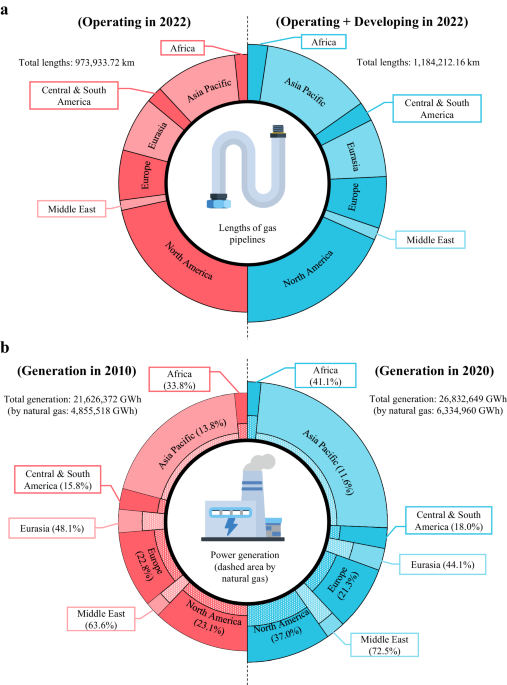The Evolving Role of Gas Networks in the Transition to Green Hydrogen
Key Ideas
- Gas networks are being repurposed as carriers of alternative fuels like green hydrogen, enabling sustainable energy transportation and storage.
- Initiatives worldwide are focusing on blending green hydrogen into existing gas networks to leverage surplus renewable energy and reduce carbon emissions.
- Concerns exist regarding energy system security as gas network malfunctions can lead to power outages, emphasizing the need for resilience and preparedness.
- Research institutions are exploring theories to enhance energy system resilience against internal disruptions (e.g., gas leakages) and external disruptions (e.g., extreme weather events).
The article discusses the evolving role of gas networks in the transition towards green hydrogen as a sustainable energy carrier. Many countries are repurposing their gas infrastructure to transport alternative fuels like green hydrogen, which is produced sustainably through water electrolysis. Initiatives such as HyBlend in the US and UKRI's funding for large-scale projects aim to blend green hydrogen into existing gas networks, providing a cost-effective way to utilize surplus renewable energy and reduce carbon emissions. However, the article also highlights concerns about energy system security, as gas network malfunctions can lead to power outages, as seen in instances like the south-central United States blackout due to gas system issues. Research institutions are focusing on enhancing energy system resilience against disruptions, both internal and external, to ensure a reliable energy supply amidst challenges like extreme weather events and geopolitical tensions.
Topics
Utilities
Renewable Energy
Energy Security
Alternative Fuels
Gas Infrastructure
Global Power Generation
Research Institutions
Latest News
